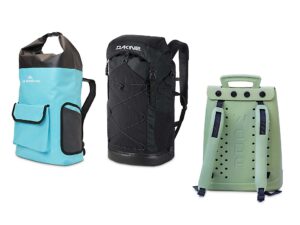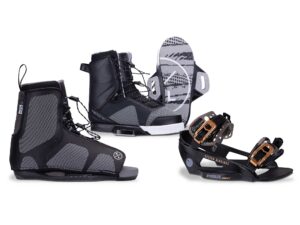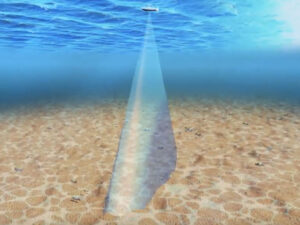Who gives any thought about the lowly hose clamp? As long as it’s made of stainless steel, isn’t one the same as the next? No way, and thinking like that can sink your boat.
The ideal hose clamp translates the torque applied to the worm gear into a clamping force that is (and here’s the key phrase) equally distributed around the circumference of the band.
Inexpensive hose clamps have bands with stamped-out slots, the edges of which dig in and drag against the hose, holding that part of the band in place — while the nonperforated part of the band moves more easily so it’s pulled in more. This results in less clamping force under the slots and too much where the band is smooth. The best clamps have embossed slots that keep the underside smooth. In addition, the band under the worm gear should be rounded — not flat — to match the arc of the hose, so it also would move easily.
All you need is 35 inch/pounds of torque at the screw head. That’s about as much as you can apply with a screwdriver without grunting. Too much can lock up the screw and destroy the hose. Hoses adjust to pressure and slowly give where it is applied. A 200-pound clamping force can become 140 pounds after an hour — a good reason to regularly check clamp tightness.









